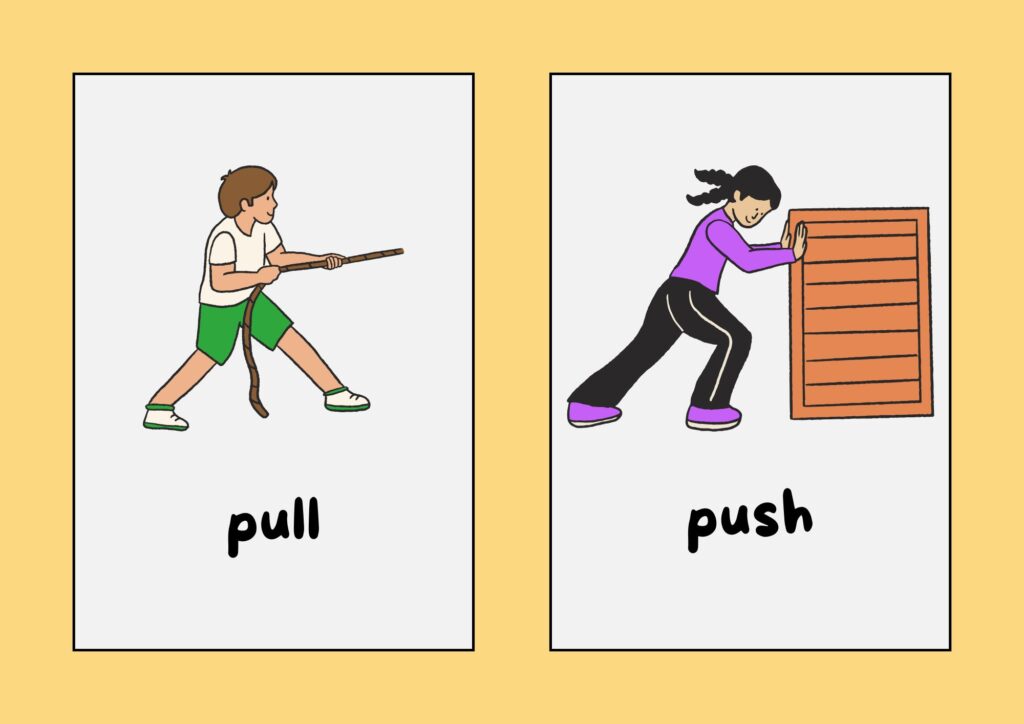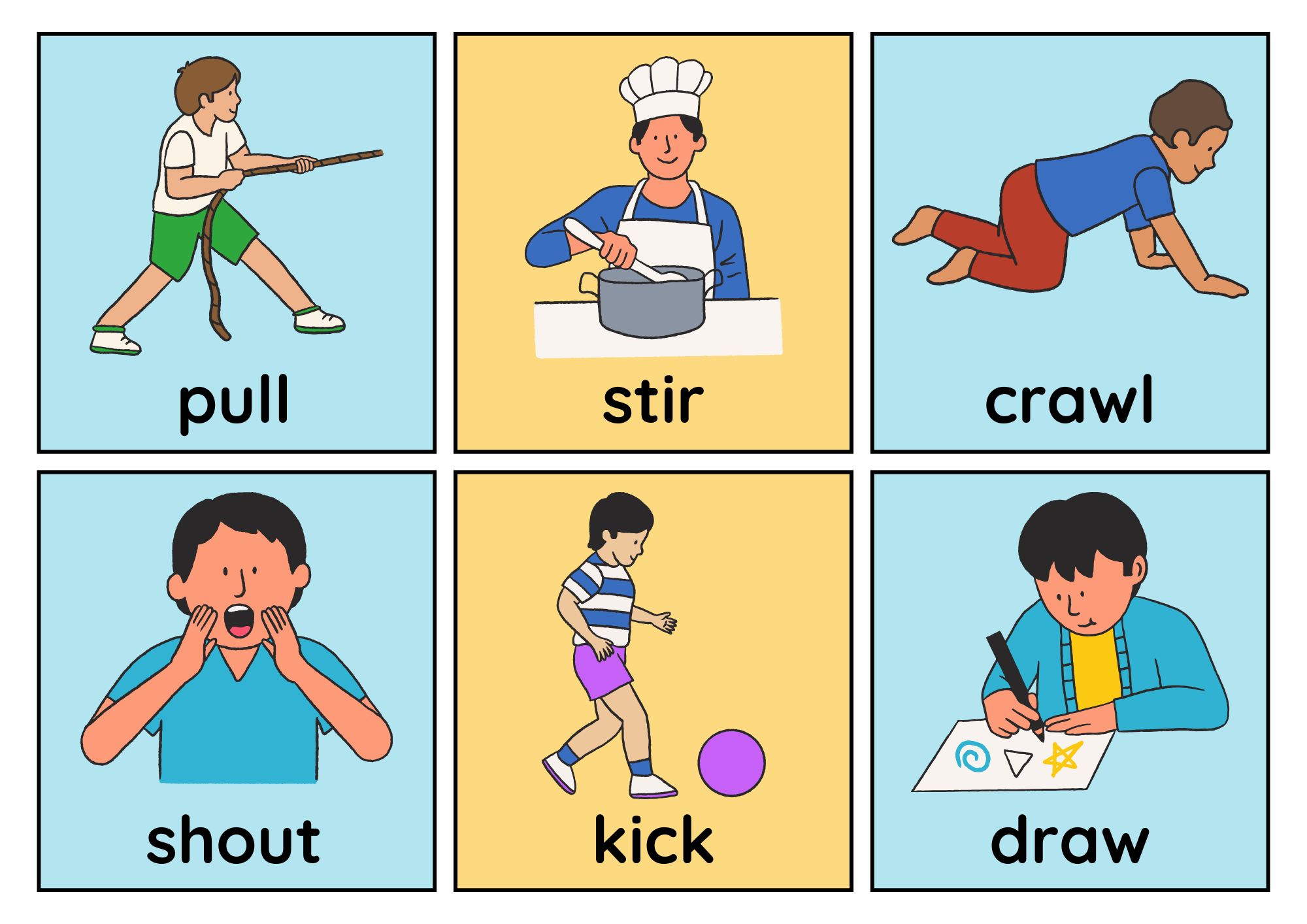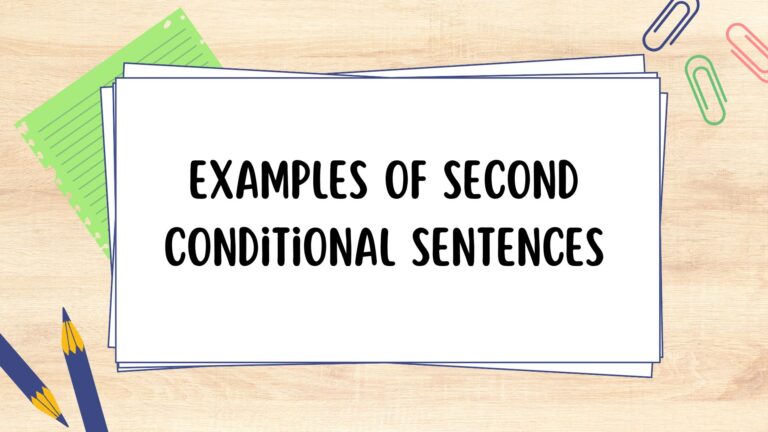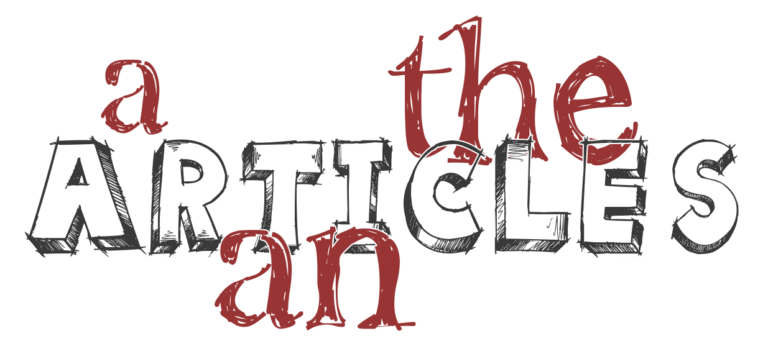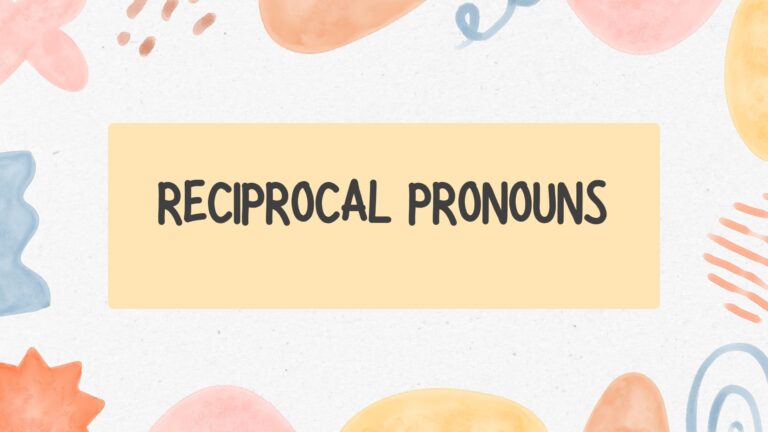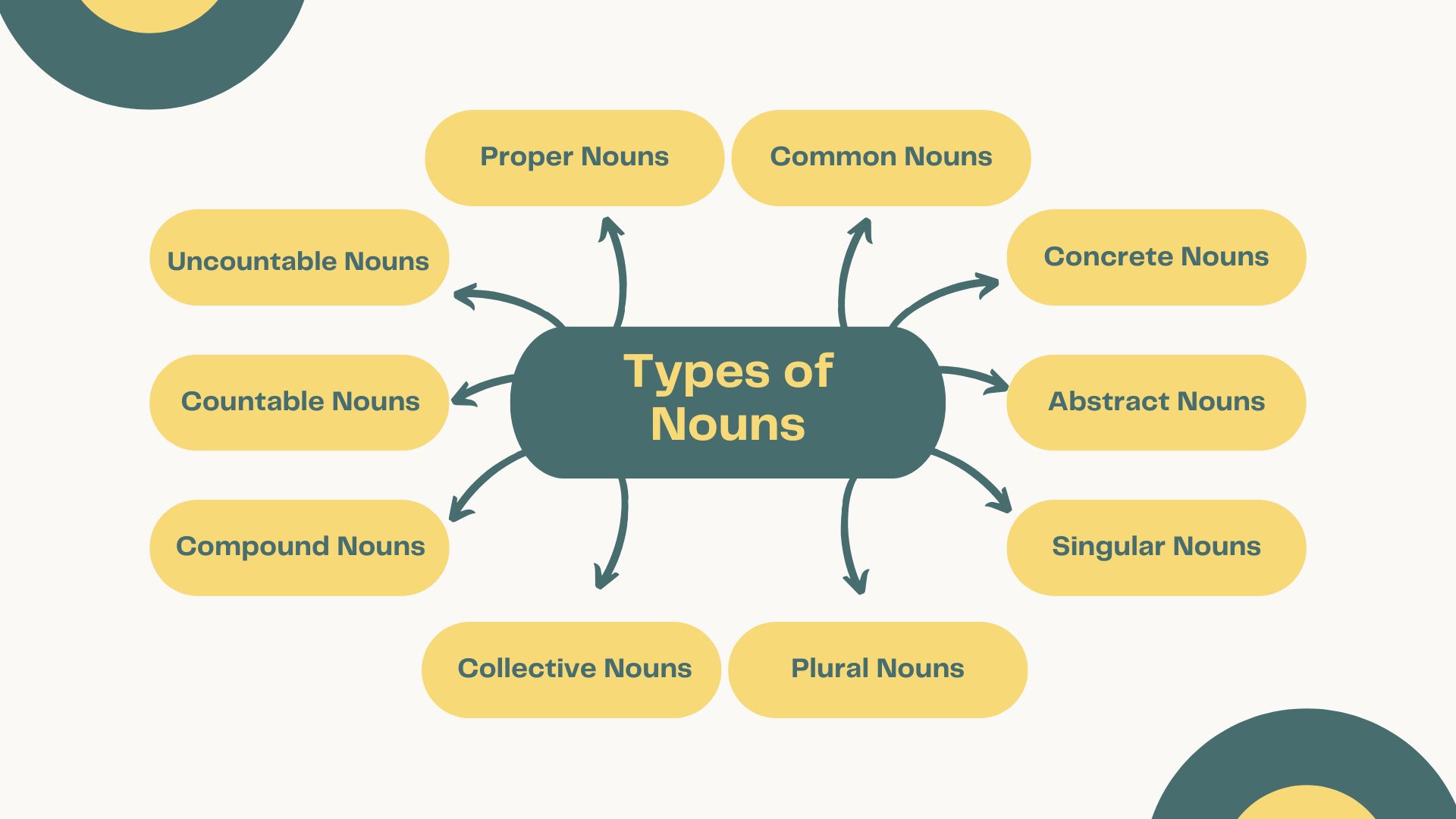200 Common Action Verbs in English
Action verbs in English make writing more lively and clear. This article lists 200 common action verbs to boost language skills. Readers will grow their vocabulary and learn to use these verbs for more engaging writing.
Introduction to Action Verbs in English
Action verbs make English sentences lively by showing actions and feelings. They help readers picture what’s happening. For example, “the dog leaps” shows energy and happiness. Writers can make their work more interesting by using action verbs; instead of saying “She is happy,” saying “She dances with joy” adds more emotion.
List of 200 Action Verbs
1. Walk
2. Run
3. Eat
4. Drink
5. Sleep
6. Talk
7. Listen
8. Read
9. Write
10. Drive
11. Sit
12. Stand
13. Jump
14. Laugh
15. Cry
16. Cook
17. Clean
18. Wash
19. Shop
20. Brush
21. Ask
22. Answer
23. Argue
24. Complain
25. Explain
26. Promise
27. Shout
28. Whisper
29. Suggest
30. Discuss
31. Speak
32. Greet
33. Apologize
34. Reply
35. Advise
36. Think
37. Know
38. Believe
39. Guess
40. Understand
41. Imagine
42. Forget
43. Remember
44. Decide
45. Consider
46. Wonder
47. Realize
48. Doubt
49. Focus
50. Analyze
51. Type
52. Draw
53. Paint
54. Calculate
55. Study
56. Present
57. Research
58. Design
59. Build
60. Develop
61. Print
62. Edit
63. Create
64. Plan
65. Solve
66. Climb
67. Crawl
68. Dance
69. Dig
70. Exercise
71. Fly
72. Kick
73. Pull
74. Push
75. Roll
76. Run
77. Shake
78. Skip
79. Slide
80. Swim
81. Throw
82. Catch
83. Hit
84. Lift
85. Spin
86. Smile
87. Frown
88. Glare
89. Cheer
90. Sigh
91. Giggle
92. Yawn
93. Mourn
94. Grin
95. Blush
96. Iron
97. Vacuum
98. Sweep
99. Mop
100. Fold
101. Organize
102. Repair
103. Dust
104. Polish
105. Decorate
106. Camp
107. Hike
108. Hunt
109. Fish
110. Skate
111. Snowboard
112. Ski
113. Garden
114. Ride
115. Surf
116. Bat
117. Bowl
118. Sprint
119. Score
120. Kick
121. Pass
122. Tackle
123. Shoot
124. Dribble
125. Block
126. Bake
127. Boil
128. Fry
129. Grill
130. Roast
131. Steam
132. Stir
133. Chop
134. Slice
135. Blend
136. Click
137. Download
138. Upload
139. Code
140. Scroll
141. Post
142. Share
143. Stream
144. Zoom
145. Swipe
146. Act
147. Compose
148. Sculpt
149. Sketch
150. Weave
151. Sing
152. Play (instrument)
153. Photograph
154. Film
155. Direct
156. Rescue
157. Support
158. Guide
159. Serve
160. Donate
161. Save
162. Heal
163. Treat
164. Feed
165. Volunteer
166. Travel
167. Depart
168. Arrive
169. Pack
170. Board
171. Ride
172. Sail
173. Land
174. Drive
175. Navigate
176. Negotiate
177. Sign
178. File
179. Schedule
180. Call
181. Interview
182. Collaborate
183. Budget
184. Sell
185. Purchase
186. Open
187. Close
188. Lock
189. Unlock
190. Tie
191. Untie
192. Zip
193. Unzip
194. Wrap
195. Unwrap
196. Bite
197. Scratch
198. Hug
199. Kiss
200. Wave
Importance of Action Verbs in Writing
Action verbs make writing lively. They turn basic descriptions into exciting stories. For instance, changing “She was happy” to “She beamed with joy” creates a stronger reaction.
Using different action verbs also adds rhythm, speeding up during tense moments and slowing down for reflection. This careful choice of words moves writing from passive to active, drawing readers in.
Categories of Action Verbs
Action verbs in English fall into different groups, each with a specific role in communication.
- Transitive verbs, like “kicked,” need a direct object to make sense, creating interaction.
- Intransitive verbs, such as “sleeps,” don’t require a direct object and focus on the subject’s state.
- Linking verbs connect the subject to more information, improving descriptions, like in “the soup smells delicious.”
Examples of Action Verbs in Sentences
Action verbs in English make sentences more lively and clear. For example, “pounced” is a stronger image than “sat.” Strong verbs turn boring statements into exciting stories.
Action verbs can create feelings and suspense, like using “charged” to show bravery. “Tiptoed” suggests stealth and worry, adding depth to characters. Choosing the right action verbs improves the imagery and emotions in writing.
Tips for Using Action Verbs English
Using action verbs makes writing more engaging. Choose specific verbs instead of general ones to create strong images and feelings. For example, say “weigh options” instead of “make a decision.” Match the strength of your verbs to the tone of your writing; persuasive pieces need strong verbs like “ignite,” while reflective writing can use softer verbs like “explore.”
Common Mistakes with Action Verbs
Writers often use weak verbs that weaken their message. Strong verbs create vivid images and feelings. For example, “She resolved” is stronger than “She made a decision.”
Using too many adverbs with weak verbs makes writing awkward. Instead of saying “ran quickly,” use the verb “sprinted.” Choosing precise verbs reduces the need for extra words, making writing clearer.
